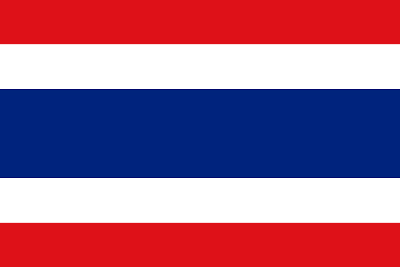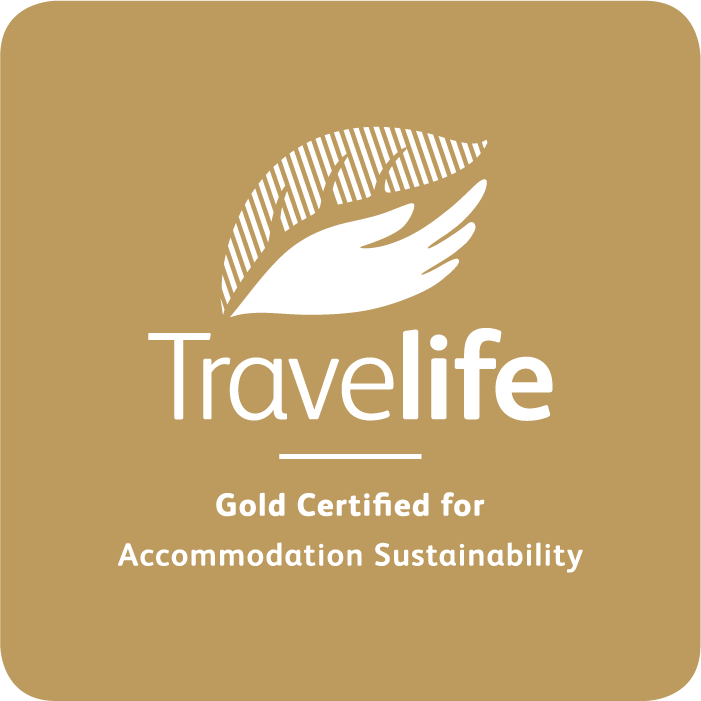It’s almost summertime and with warmer weather comes more trips to the beach. In the summer, we love basking in the sun’s rays and cooling off in a pool or the ocean. However, more hours under the sun means a greater risk of overexposure to ultraviolet rays. Indeed, sun-kissed is beautiful, but sun-damaged is not.
There is much to be done, though, when educating tourists about sun damage. The World Health Organization lists a number of myths about tanning. The most prevalent one is that a tan is healthy and protects you from the sun. According to them, suntan on white skin has an SPF of four and is a sign of the body protecting itself from further UV damage.
So while it may look good and on-trend, a tan is not an indicator of good health. You actually need to be more mindful of your activities while out and about in summer, so you can keep yourself away from harmful UV rays. Keep reading to learn four basics of skincare at the beach.
- Apply sunscreen on exposed skin
Use sunscreen with SPF 30 or higher, and make sure it protects against both UVA and UVB rays. Cover the limbs, face, hands, and feet—any exposed skin needs to have sunscreen. You must also wait for the product to be absorbed before you head out into the water—if you get in too early, you will just wash away most of the sunscreen.
For other sun-sensitive parts, protect them using appropriate means. Use a lip balm with SPF protection, for example, and use a hat and sunglasses for the scalp and eyes.
- Reapply every two hours
One application is not enough. Even if you don’t spend your time swimming, you still need to put more cream after a couple of hours, or after every time you get in the water.
After exercise, work or playing under the sun, you should also reapply sunscreen. Strenuous activities will make you sweat, which will wash the cream away. Keeping yourself protected entails more than putting sunscreen once and then forgetting about it.
- Stay out of mid-day heat
As much as possible, go for early morning or nighttime swimming. From 10 a.m. to 4 p.m., the UV rays are strongest. If you can, stay out of direct sunlight during these hours. If you must, though, stay in the shade, or use strong sunscreen. The tanning you will get during these hours is not worth the risk of contracting skin cancer. The WHO also says that if you avoid even just the two hours before and after 12 noon, you avoid up to 60 percent of the UV radiation for that day.
- Use protective clothing
If you can, use wide brim hats, sunglasses, and tightly woven, loose clothes. There are beach-appropriate clothes than can still double as sun protection, so definitely shop around to see what fits your purposes.
For your eyes, sunglasses that block UVA and UVB rays are ideal. If you can get the wraparound kind, you should; these offer the best protection for your eyes.
Conclusion
Summer is a good time for heading to the beach and enjoying outdoor activities. However, you should not put yourself in harm’s way while pursuing the perfect tan, or while engaging in a sport. Keeping yourself protected is the most important thing, even when on a holiday.
When you’ve taken the steps to protect your skin, you’ll be more relaxed, and you would be able to enjoy your beach trip even more. Before your trip, do some research and find a sunscreen that suits your planned activities. Invest in appropriate protective gear as well, and find spaces on the beach where you can keep safe and enjoy nature.
At Chongfah Beach Resort, we value health as much as we value curating experiences. Our personnel is oriented regarding health and safety regulations, and we always update our Environmental Policy and sustainability goals.
We’re a beach resort in Khao Lak, get in touch with us today to book your stay.
 English
English Thai
Thai German
German





